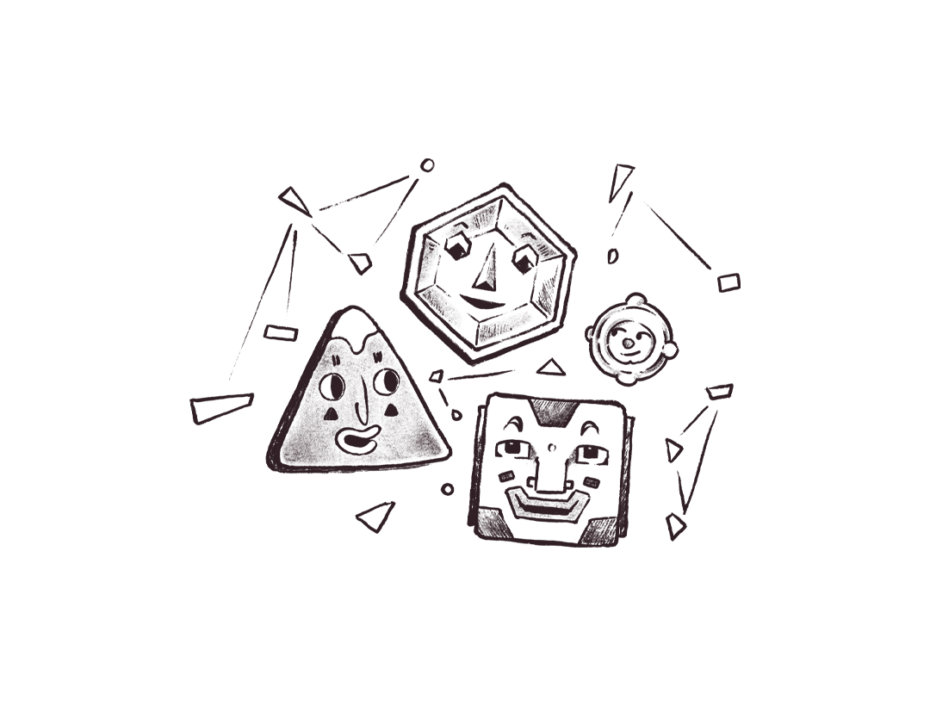Relationships that cause harm or are unhealthy

Situational distress factors
Situational distress refers to specific life events and everyday challenges to our survival that can impact our feelings and thoughts of suicide. For example, relationships that cause harm or are unhealthy.
People in our communities can and do experience unhealthy or unsafe relationships with friends, chosen family or relatives, partners, co-workers, peers, and other community members. Sometimes the relationships we have with our loved ones can cause us harm.
Sexual, domestic, and family violence (SDFV) can happen to anyone.
There are challenges within our community, such as internalised homophobia and minority stress, which mean LGBTQ+ people may experience violence in different ways to other family dynamics or cis-heterosexual relationships.
There are common feelings and effects of violence which can indicate that you may be in an abusive relationship with someone in your life. An abusive or violent relationship often makes you feel like you have no control, have feelings of constant anxiety, and may include emotional, verbal, financial, physical or sexual abuse. Sometimes a partner may use coercive control, which can wear you down without obvious signs of abuse.
It can be hard to recognise we are in harmful relationships and to work out what to do. It can also be challenging to watch someone you care about navigate unhealthy relationships. There are tools and support available to help us.
